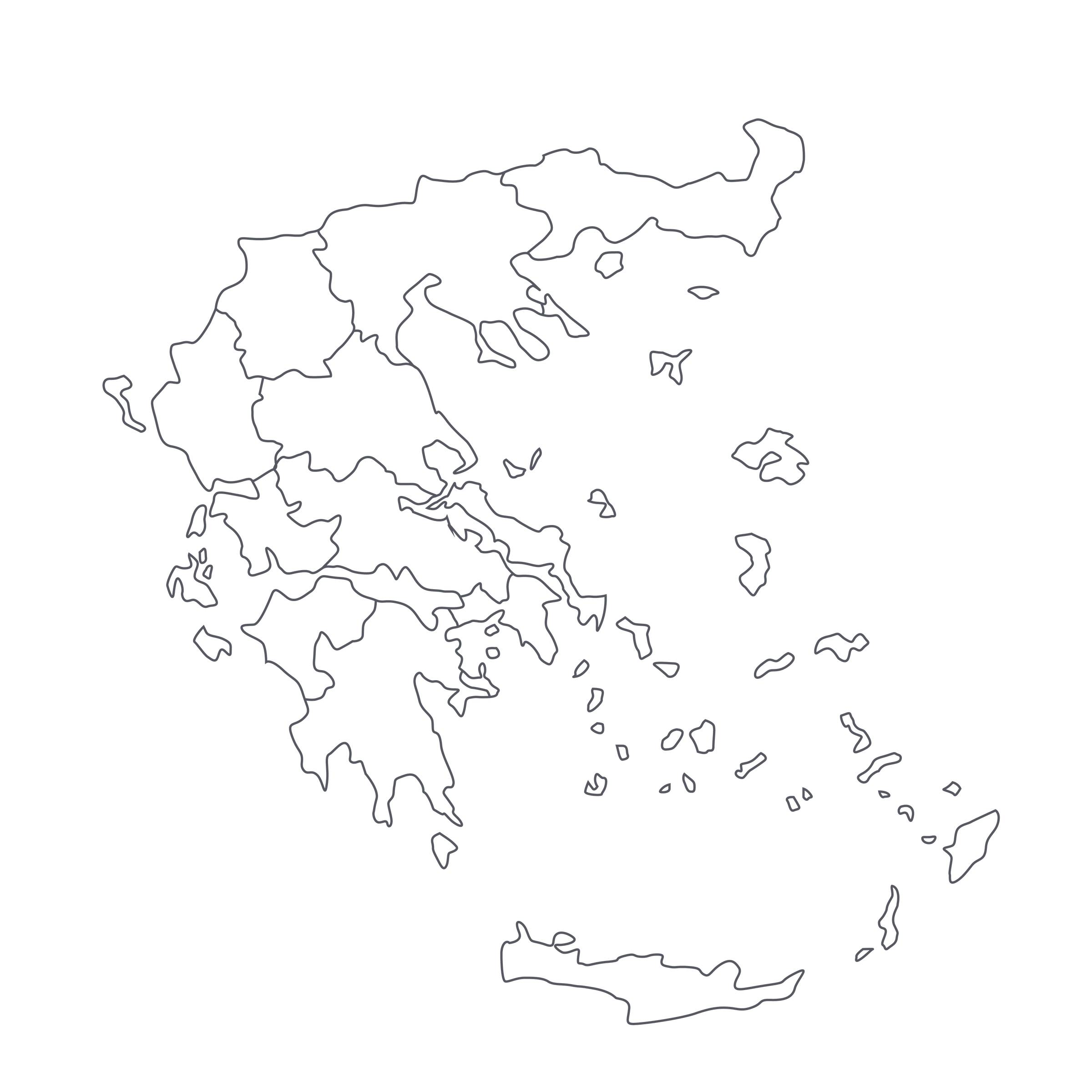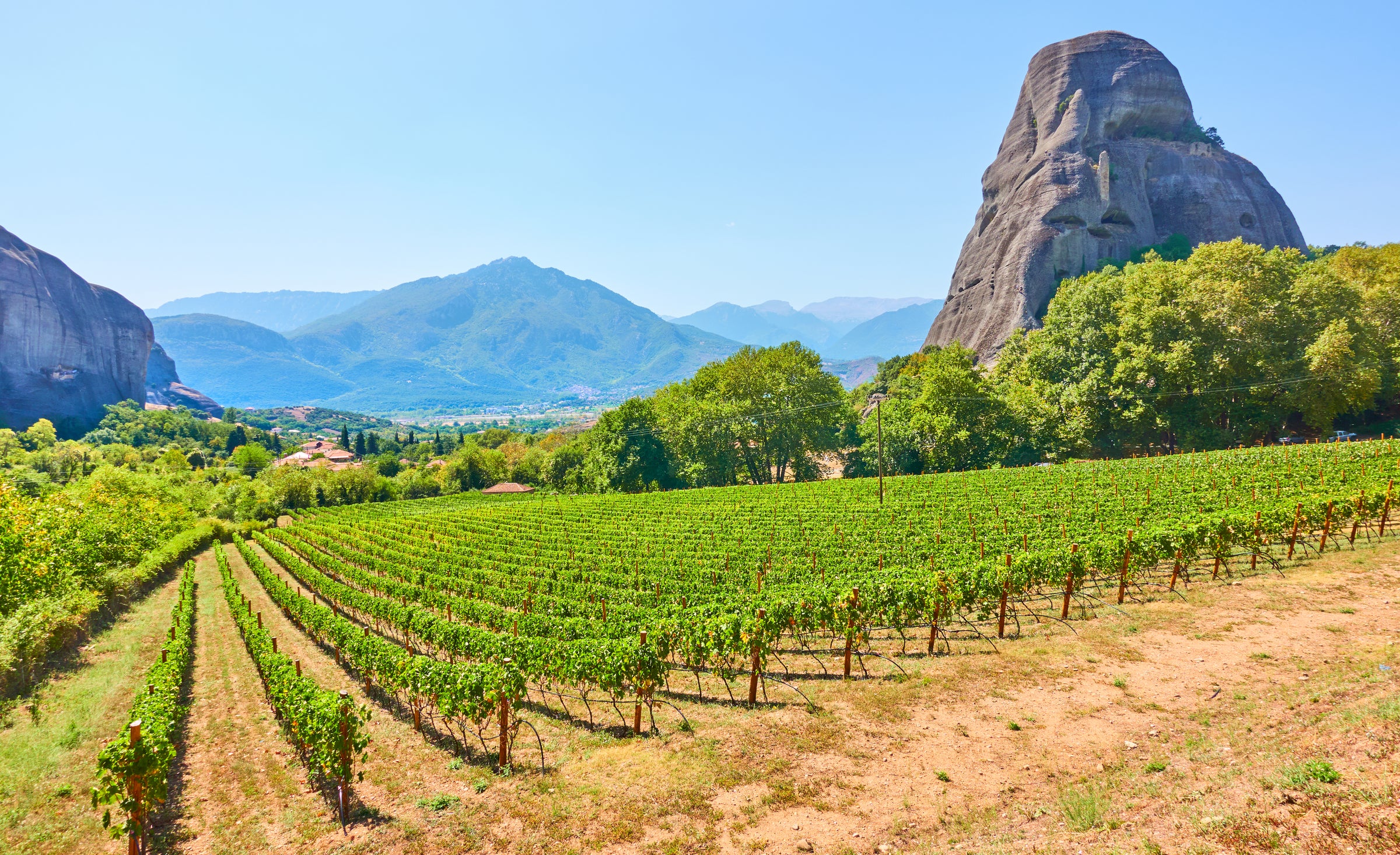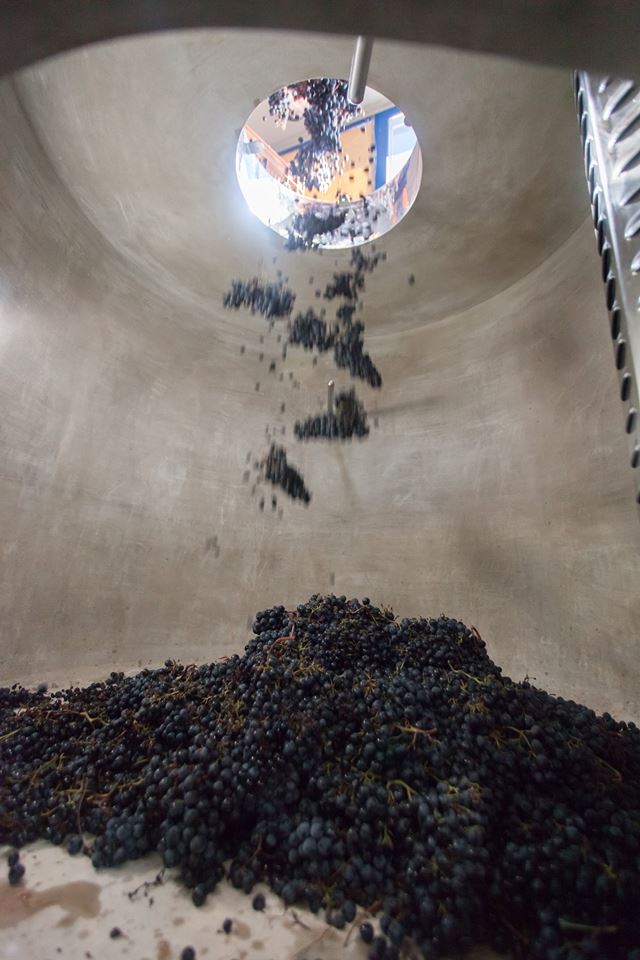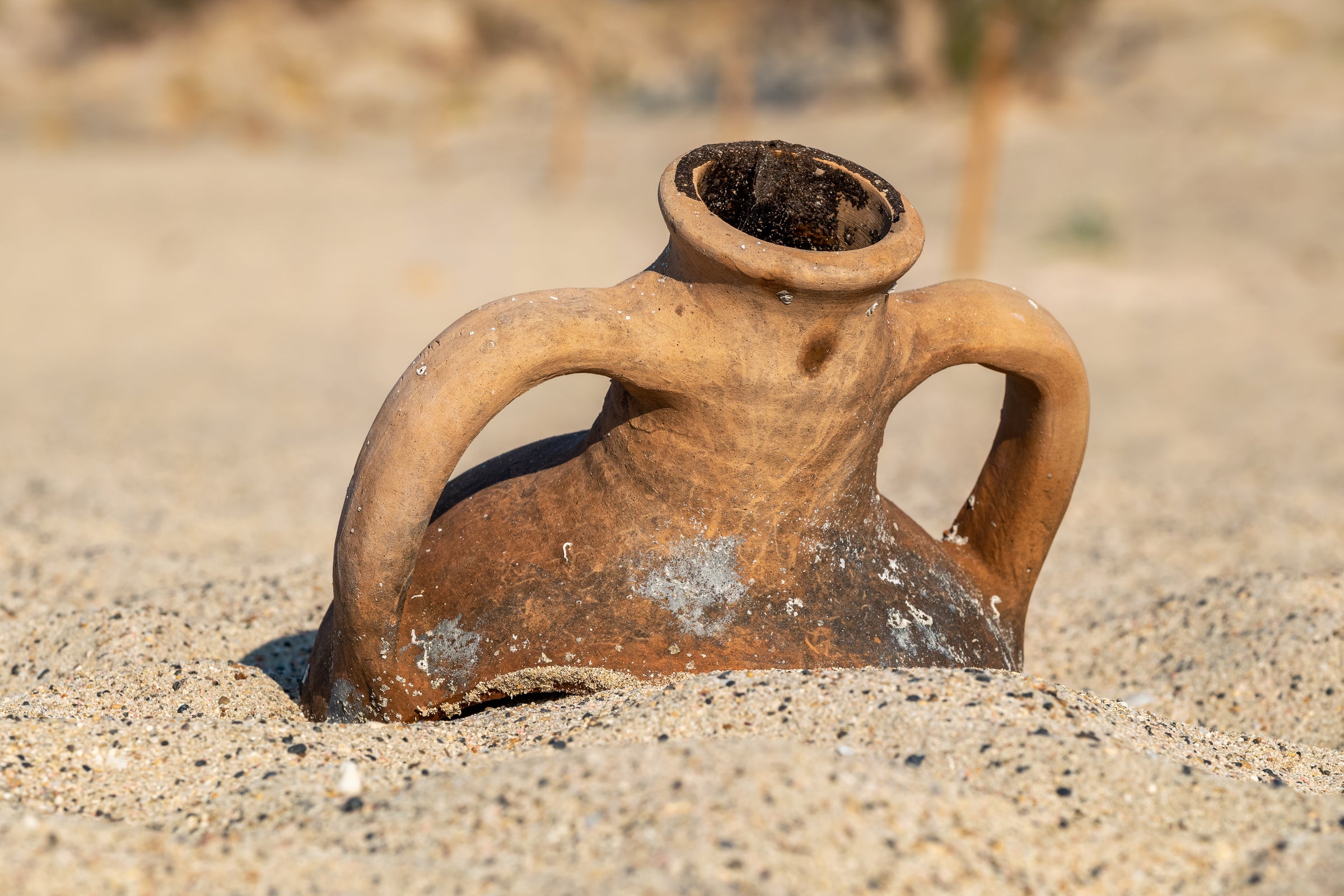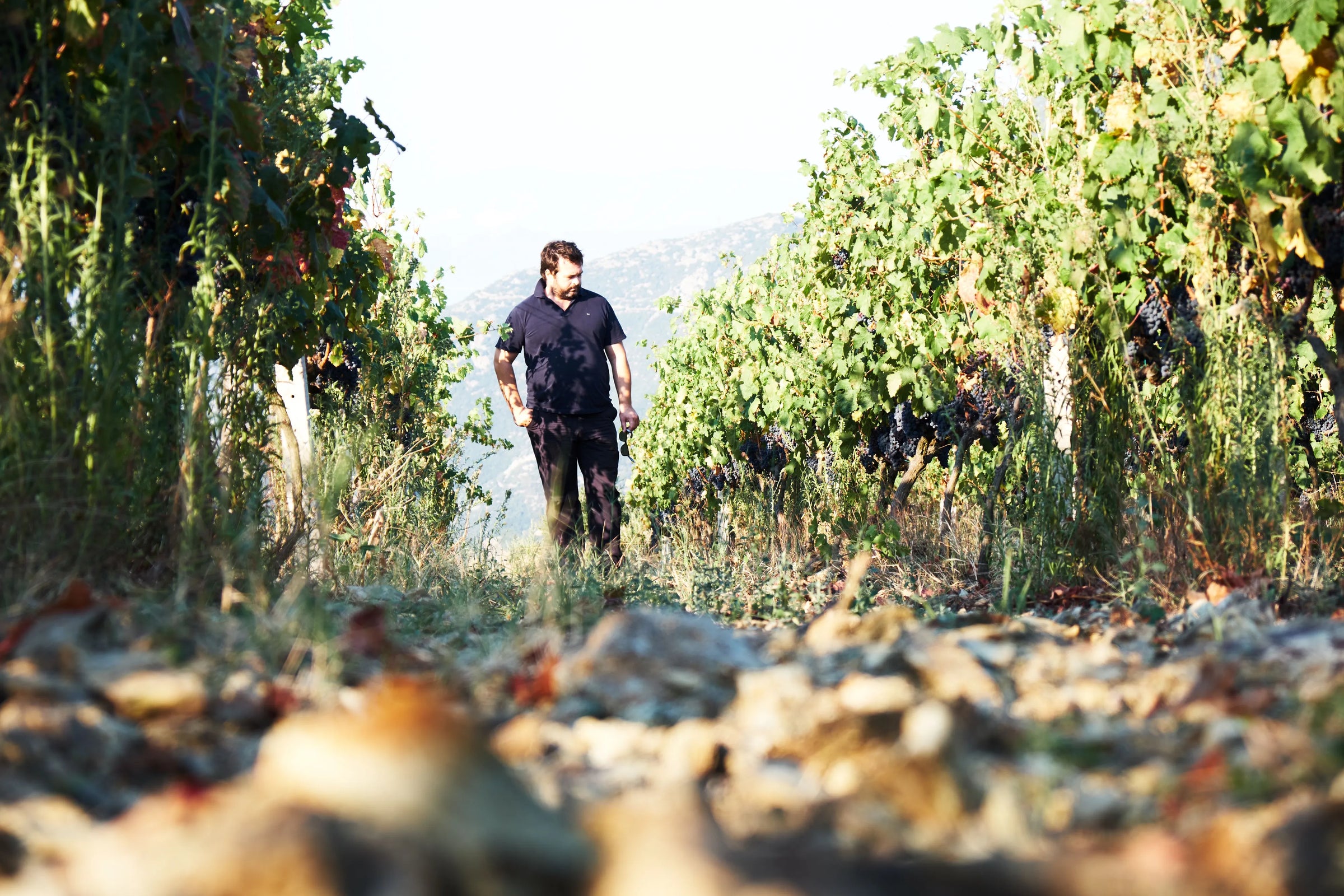Lovers of the obscure, the undervalued, and the greatness waiting in the wings—today is your day. And there will be more of these days to come because truly great wine is emerging from more corners of the world than ever before. But I’ll focus on the task at hand: doing proper justice to this Vidiano from the island of Crete, crafted by the exceptionally talented Nikos Karatzas.
As soon as we tasted it, this textured, saline dollop of Cretan sunshine joined the likes of Vermentino di Sardegna and Santorini Assyrtiko at the top of our “Favorite Island Whites” list, but there’s even more to it than that. No less an eminence than Jancis Robinson, in a glowing review of a previous vintage of this wine, said that “...Vidiano exhibits much of the versatility of Chardonnay.” I agree wholeheartedly, and in fact, it wasn’t as much the “island” characteristics of today’s 2019 that drew me in as the dense, taut, Burgundian structure. My love of white Burgundy is well-known to SommSelect subscribers, so I don’t make the comparison offhandedly: this is a serious, complex, world-class white that everyone owes it to themselves to try. As I continue to learn, your next great wine experience is likely to come from a grape and place you’ve barely (or never) heard of!
The truth is, Crete shouldn’t have to make a name for itself; this island is home to some of the oldest winemaking traditions on the planet. A press dating back over 3,500 years was recently discovered in the region of Heraklion, where the Oenops Vidiano comes from. The cult of Dionysus—Bacchus in Roman mythology—was born on Crete. Wine is deeply intertwined with the island’s history, and it’s one of those stunning, untouched landscapes that’s hard to believe still exists these days. Centuries-old bush vines cling to hillsides with fruit trees and grains below, the Aegean Sea just visible in the distance. Mountains of ancient limestone provide sparse soil for the vines while protecting them from the harsh, hot winds blowing off the African coast. The resulting wines combine open, warm fruit tones, vibrating energy, and a deeply coastal sense of salinity.
An isolated island with millennia of winemaking traditions has, as you might expect, a plethora of fascinating indigenous varieties. There’s the deceptively light and airy red Liatiko, the fresh and quaffable Vilana. But it’s Vidiano that has fueled Crete’s resurgence. The Chardonnay comparison is a good one, although Vidiano’s aromatics are more assertive, with some of the floral qualities of Viognier. This indigenous variety was on the verge of extinction only 25 years ago, but thanks to the tireless efforts of a group of young winemakers, has become the variety Crete is making its name on. Oenops founder Nikos Karatzas, a star ascendant in the Greek wine world, is at the forefront of the Vidiano sortie. Having established himself by creating more international-styled blends with flashy names like Emphasis and Thema, he now focuses exclusively on the indigenous varieties of Greece, bringing a master’s delicate touch and precision to these underappreciated grapes. If his Vidiano is anything to go by, we’ll be hearing a lot more about Nikos Karatzas in the next few years.
The Oenops Vidiano 2019 was spontaneously fermented in a mix of amphora, neutral oak, and stainless steel, then aged in amphora for six months. Amphora may come off as a bit of a gimmick in another winemaker’s hands, but here it emphasizes Vidiano’s most alluring characteristic—its texture. Pale gold in the glass, it’s redolent of bruised apricot, lemon zest, white tea, almond nuttiness, and a delicate chamomile floral character. The palate is alluring, soft, bordering on full-bodied, but a deep throughline of crushed rocks provides a zip of freshness. Creamy orchard fruits abound, the citrus cut enlivening the palate, the finish resounding with an oceanic thrum of salty minerality. Serve just slightly chilled around 55 degrees to allow the texture to come through. This is very serious stuff: drink it slowly and contemplatively over the course of an evening. Serve with gamopilafo, Crete’s answer to risotto, and you too will be convinced that this ancient island is back in a big way!
